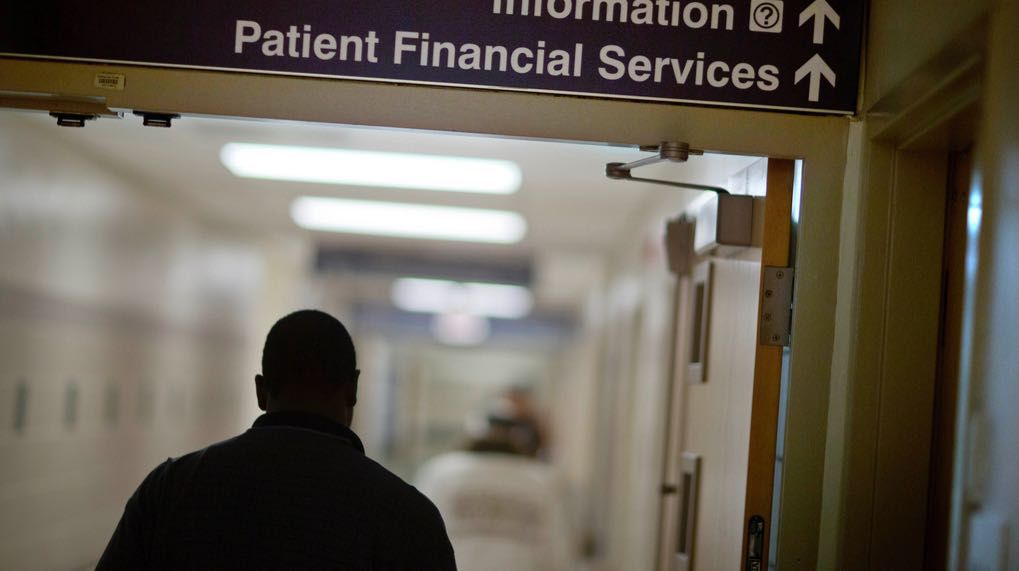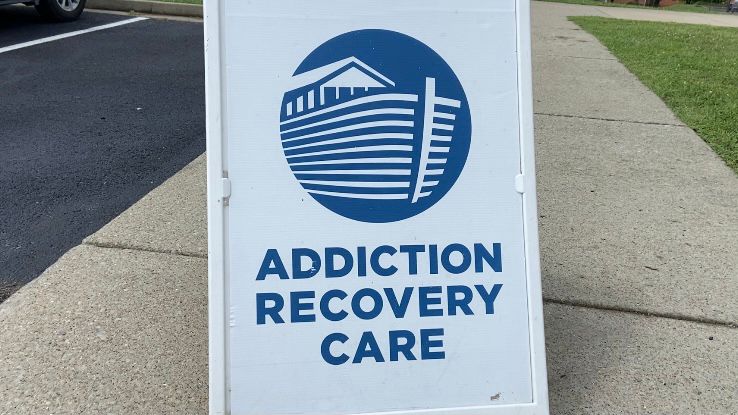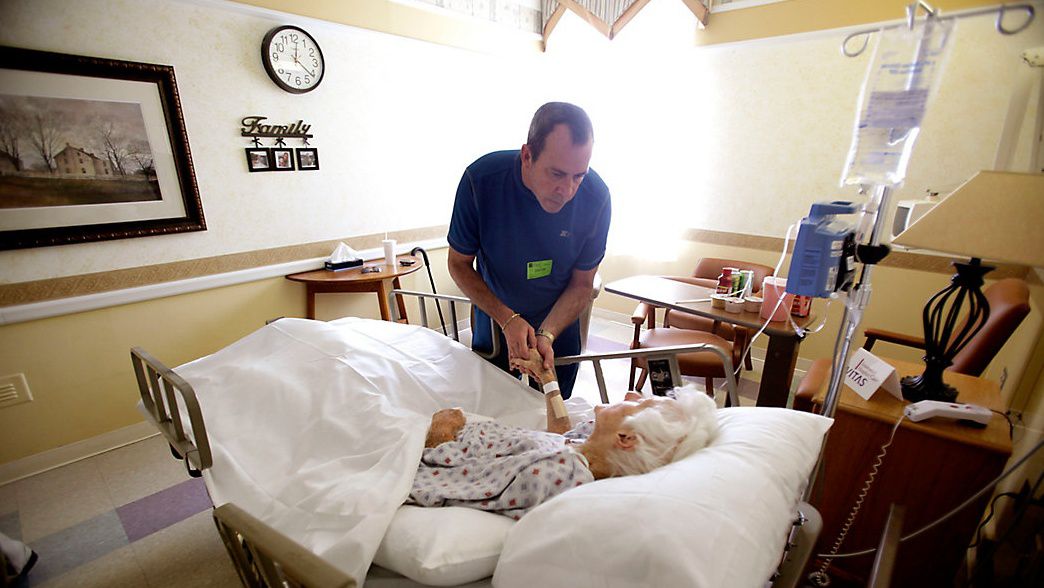Last week, Capital Tonight hosted the father of 22-year-old Ethan Bherwani who died at a casino in Connecticut after unknowingly ingesting fentanyl while celebrating his graduation from college.
While it’s unclear whether the casino had naloxone (the opioid reversal drug) on-hand, no one administered the drug to Ethan, or gave him any kind of help for 11 minutes.
He was declared brain dead two weeks later.

Long-time drug policy expert Robert Kent, president of Kent Strategic Advisors, says Bherwani’s death should prompt New York state to develop a policy around treating those who are considered “opioid naïve," a term that refers to people who don’t intend to ingest opioids.
“So, you have groups of people now, young kids, buying fake Ritalin; they think it’s Ritalin. They think it’s Xanax. But it’s most likely fentanyl,” explained Kent, former general counsel for the Biden administration's White House of National Drug Control Policy. “Or it’s people who use cocaine, methamphetamine, ecstasy, and now that’s got fentanyl mixed into it. So, they are not knowingly using fentanyl, and they have no tolerance for it, and they’re overdosing in ever-increasing numbers.”
Kent, who is former in-house counsel for the New York state Office of Addiction Services & Supports (OASAS), claims the state Department of Health has no policy when it comes to providing naloxone to people who are considered “opioid naïve."
But according to DOH, naloxone is available widely throughout New York and people who are consuming pills can obtain naloxone from a drug store, over the counter.
“The opioid epidemic continues to impact every community across New York and fighting the epidemic includes equipping individuals, communities, organizations, and agencies with the right tools. The Department remains committed to harm reduction by making lifesaving overdose reversal medications like naloxone available to the public, increasing access to fentanyl testing strips, funding drug user support programs, and supporting community-based organizations that work directly in communities impacted by the opioid epidemic,” according to a spokesperson at DOH.
Additionally, the department has more than 1,300 opioid overdose registered programs across New York state who provide opioid overdose prevention trainings and naloxone at no cost to the participant.
When it comes to DOH policy on individuals who unknowingly use fentanyl, there are multiple resources available, including Know the Facts and Safer Choices for People Who Use Drugs. These resources are not limited to people who deliberately seek to choose an opioid.
The DOH also distributes fentanyl test strips for testing pills, cocaine and methamphetamine, as well as heroin/fentanyl.
Kent told Capital Tonight that also supports the availability of a variety of opioid antagonists. To that end he is pushing for passage of a bill sponsored by Assemblymember Phil Steck (A8075D) that would require the state Department of Health to make available any formulation and dosage of an opioid reversal agent approved by the FDA.
This past session, the bill passed in the state Assembly but wasn’t voted out of committee in the state Senate where it is sponsored by state Sen. Pete Harckham.
Currently, the state contracts with only one maker of naloxone, but that may change.
According to DOH Commissioner Dr. Jim McDonald, the DOH will issue a new procurement next year to see if the state can get a better price on the drug. But McDonald told Capital Tonight that he is not yet willing to update the statewide standing order to add all FDA approved versions of the drug.







)

